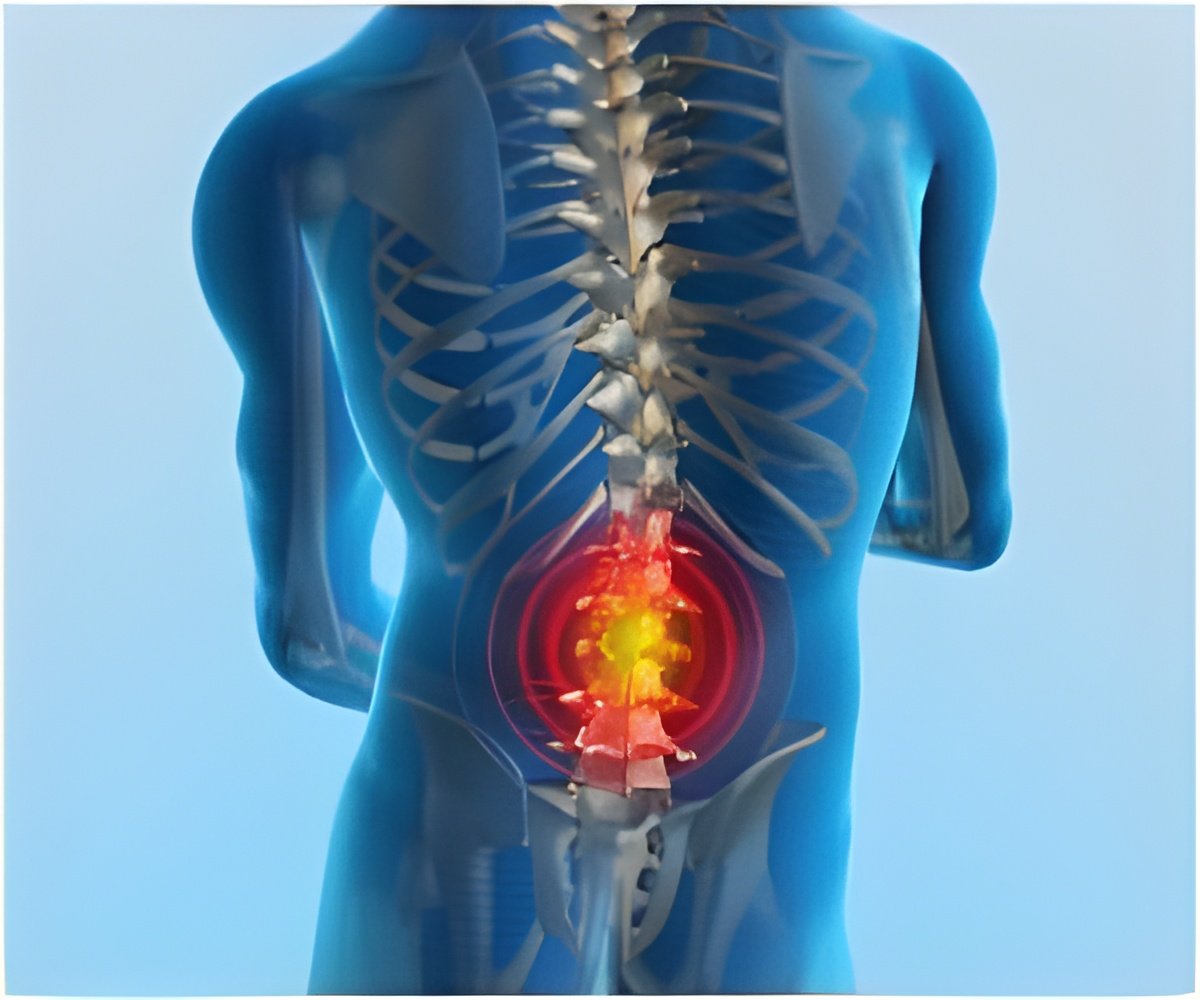
Rajesh Khanna, Ph.D., assistant professor of pharmacology and toxicology at the Indiana University School of Medicine, said the peptide discovered by him and his colleagues is potentially safer to use than addictive opioids or cone snail toxin Prialt a recognized analgesic that is injected into the spinal column, both of which can cause respiratory distress, cardiac irregularities and other problems.
"After opioids the gold standard for pain control -- the next target is calcium channels," said Dr. Khanna. "Along the pain pathway in the spinal cord, there are pain-sensing neurons called nociceptors that have an abundance of calcium channels."
Earlier international research has shown that the calcium channel is a key player within the pathway for pain signals. Based on work from Dr. Khanna's laboratory, it is also accepted that an axonal protein, CRMP-2, binds to the calcium channel "acting like a remote control" to modulate transmission of excitability and pain signals, Dr. Khanna explained.
He and his colleagues discovered the CBD3 peptide, a portion of the CRMP-2 protein, realizing that its smaller size would be beneficial in producing a synthetic version for drug development.
CBD3 can be given systemically and blocks pain in a variety of acute as well as chronic pain models, he said. The novel peptide binds to the calcium channel and reduces the number of excitability signals without disrupting the beneficial global calcium flow. Upon reaching the brain, these signals are interpreted as the sensation of pain.
Advertisement
Source-Eurekalert










